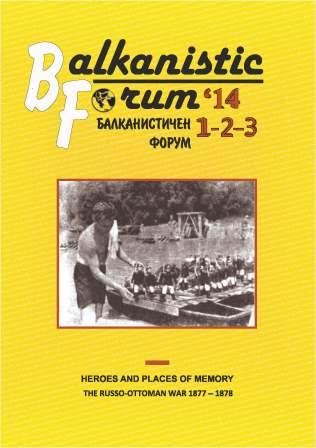The Memorials to the Russo-Ottoman War of 1877 – 1878 in the Tourist Movement after 1944
The Memorials to the Russo-Ottoman War of 1877 – 1878 in the Tourist Movement after 1944
Author(s): Nurie MuratovaSubject(s): Cultural Essay, Political Essay, Societal Essay
Published by: ЮГОЗАПАДЕН УНИВЕРСИТЕТ »НЕОФИТ РИЛСКИ«
Summary/Abstract: The tourist movement in Bulgaria started at the end of the 19th century. In the interwar period the tourist movement ideology became more nationalistic and more connected to the state institutions. After the Communist takeover on 9 September 1944 the tourist movement was based on a new ideological and organizational foundation. It was included in the whole system of control over leisure time. The new ideology as well as the new heroes after 1944 – the guerilla fighters (partisans), demanded a new kind of collective admiration and creation of new places of memory. In 1966 the Bulgarian National Tourist Movement “Get to Know Bulgaria – 100 National Tourist Sites” was established which still exists today. Five places of memory of the Russo-Ottoman War were ever-presented – Svištov – the place where the Russian troops crossed the Danube, the memorial church at Šipka, Stoletov Peak at the Stara Planina Mountains, the “Liberation Monument” (Šipka Monument), and the memorial church “St. Aleksandr Nevskij” in Sofia. The “Museum of the Bulgarian-Soviet Friend-ship” in Sofia was also included. Today the number of touristic visits to these spots de-creased several times but they are still the most admired national symbols according to re-searches throughout the last years. The memorials to the Russo-Ottoman War are recognized as leading places of memory in Bulgaria.
Journal: Балканистичен Форум
- Issue Year: 2014
- Issue No: 1+2+3
- Page Range: 181-188
- Page Count: 8
- Language: English
- Content File-PDF

